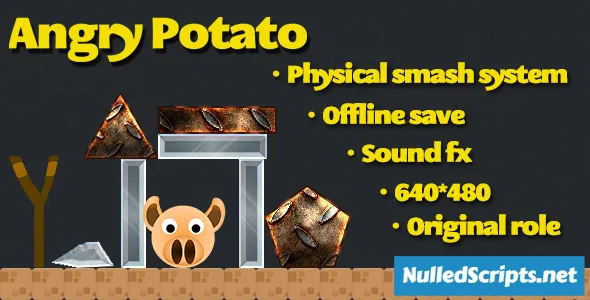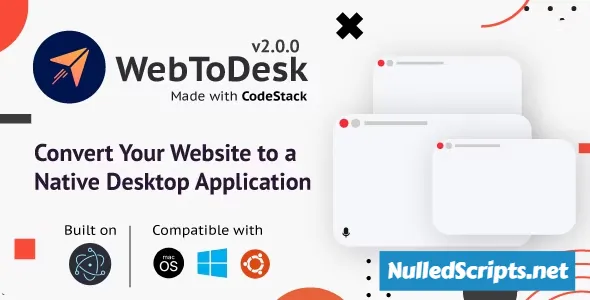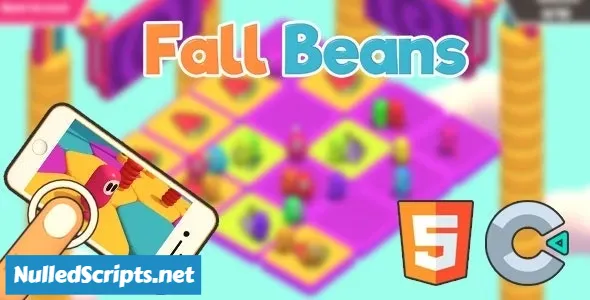
Item Details
Touch-- Control the slingshot, release the potato, destroy the pig and get the stars Be careful not to fall into the water ·Chrome is best to play
Features
Gameplay: Define the core gameplay mechanics. In an "Angry Potato" game, the potato can be launched into the air, and the player must control its trajectory to achieve certain goals or targets.
Physics Engine: Implement a physics engine for realistic potato movement. You'll need to calculate the potato's trajectory, velocity, and collision detection.
Levels: Create a series of challenging levels with different obstacles and objectives. For example, the potato may have to knock down structures or hit specific targets.
Obstacles: Design various obstacles and enemies that the potato must avoid or interact with. These could include walls, spikes, or other objects that can affect the potato's movement.
Power-ups: Include power-ups to enhance the potato's abilities. For example, a "hot sauce" power-up could make the potato move faster, or a "shield" power-up could protect it from damage.
Scoring System: Implement a scoring system to keep track of the player's progress and performance. Assign points for completing objectives or achieving specific goals.
Timer: Add a timer for time-based challenges. Players may need to complete a level within a certain time limit.
Audio: Use sound effects and background music to enhance the gaming experience. For example, you can have a cheerful tune and "ouch" sound effects when the potato hits obstacles.
Graphics: Design visually appealing graphics and animations. Make the potato expressive with different facial expressions, especially when it's launched or hit obstacles.
Responsive Design: Ensure your game is responsive and works on various screen sizes and devices. HTML5 games should be playable on both desktop and mobile platforms.
Touch Controls: Implement touch controls for mobile devices. Consider using touch gestures to control the potato's angle and launch.
Keyboard Controls: Provide keyboard controls for desktop players. Allow them to adjust the potato's trajectory and launch using keys.
Leaderboard: Include a leaderboard to encourage competition among players. Players can compare their scores with others and strive to reach the top.
Social Sharing: Allow players to share their achievements and high scores on social media platforms.
Tutorials: Create a tutorial or hints system to introduce players to the game mechanics and controls.
Progressive Difficulty: Make the game progressively more challenging as players advance through the levels to keep them engaged.
Localization: If you plan to reach a global audience, consider offering the game in multiple languages.
Testing and Optimization: Thoroughly test the game on different browsers and devices to ensure smooth performance and a bug-free experience.
Monetization: If you plan to monetize your game, consider including ads or in-app purchases. Be mindful of the user experience and balance between monetization and gameplay.





